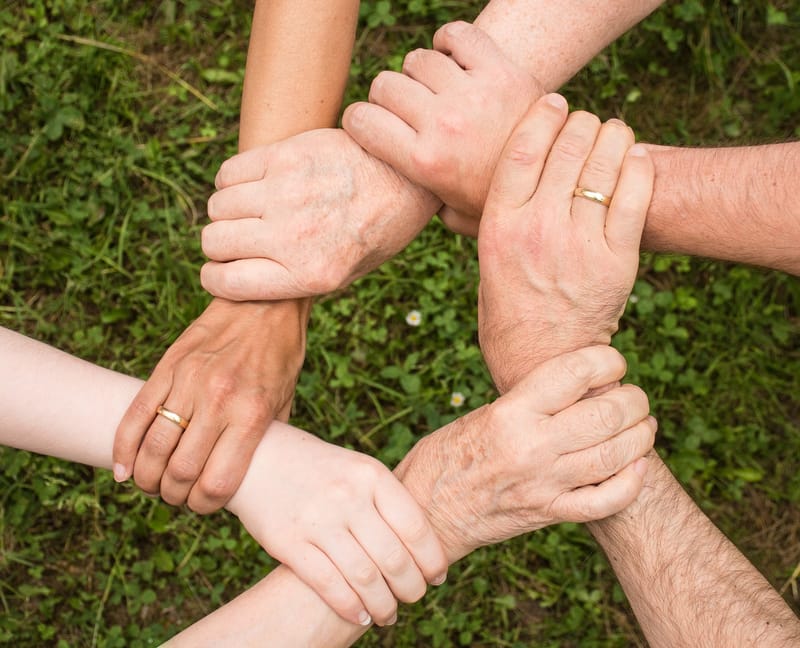Group therapy

As a psychodramatist, my knowledge and intuition help group members move from words into action, which facilitates self-expression and recognition of feelings, creates rapport, builds trust, nurtures a capacity for empathy, and enhances self-acceptance among people. Psychodrama open doors for deeper healing.
How does a regular psychodrama group look like?
A typical psychodrama session has 3 phases: warm up, action and sharing.
Warm up/Sociometry
This is the first part of the group. It’s goal is to lower anxiety, create safety and open access to spontaneity and creativity to identify the core issue of the group. The warm up can happen in action or by talking. By the end of the warm up a protagonist is chosen by self selection, selected by the group or by the director. Protagonist is the person who shares his/her story with auxiliaries, the other group members.
Enactment/Psychodrama
The second part of the group is the enactment, the drama. The protagonist presents his/her story and other group members -if willing-take on roles and recreate the story (or a future projection) and possibly change it by adding new responses, unspoken words and dialogues to it. The goal of the drama is to give new perspectives, new responses and a shift to the protagonist.
Sharing /Group Therapy:
The group members share how they can connect to the protagonist. By witnessing the enactment what came up from them and similar from their life. It is important to reintegrate the protagonist into the group who just opened up to the group.
Here you can read how Michael Gross, the amazing psychodramatist described a psychodrama group:
http://healtrauma2treataddiction.com/psychodrama-2/


